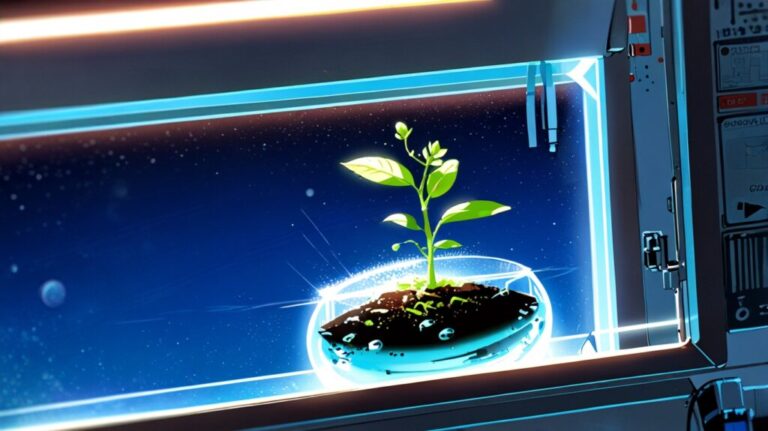Could We Live on a Super-Earth?
Could We Live on a Super-Earth?
Introduction
Sometimes I lie awake at night thinking about what’s out there. Among the millions of exoplanets discovered, some stand out—they’re bigger than Earth but smaller than Neptune. These are called Super-Earths. And naturally, one question keeps creeping back into my mind:
What if we could live on one?
Are they paradise planets just waiting for us to arrive—or giant space traps that would crush us under their gravity? In 2025, our telescopes are sharper, our data is richer, and our curiosity is higher than ever. Let’s explore this possibility—one that might not just shape science fiction but our real future.
Could humans actually live on a Super-Earth?
Let’s break it down. Super-Earths are rocky planets with a mass up to 10 times that of Earth. NASA’s Kepler and TESS missions have spotted hundreds of them, and some are located in the habitable zone—where liquid water could exist.
But here’s the twist: more mass means stronger gravity. On a 5x Earth-mass planet, walking would feel like dragging five versions of yourself uphill. Your bones would be under stress, your heart would need to pump harder, and even standing up could feel like lifting weights. But it’s not all bad—these worlds might have thicker atmospheres, more tectonic activity, and longer-lasting magnetic fields. That’s good for habitability.
In short, if we ever landed there, we’d need adaptations—biological, technological, or both.
Our Thoughts
At EdgyThoughts, we believe Super-Earths are more than just a cool category of exoplanets—they’re stepping stones to something bigger. These planets challenge our assumptions about life, survival, and even evolution. Maybe we can’t walk comfortably on them today, but maybe our future generations—or future machines—can.
And the idea that Earth might not be the “best” kind of planet? That’s humbling. And thrilling.
Pros and Cons of Living on a Super-Earth
| Pros | Cons |
|---|---|
| Likely geologically active—good for climate and resources | Gravity could be overwhelming for human biology |
| Some may have water-rich environments | Atmospheric pressure might be crushing |
| Stronger magnetic fields may protect from radiation | Launching spacecraft could be extremely difficult |
| They’re more common than Earth-sized planets | We currently don’t have a way to reach them |




Are Super-Earths better than Earth for life?
Some scientists think yes. Super-Earths with thick atmospheres and internal heating could maintain mild, stable climates for billions of years—longer than Earth will. That’s huge. Planets like Kepler-442b or Gliese 581d are top candidates.
They might have oceans, plate tectonics, and strong magnetic fields—ideal for nurturing life. Some models even suggest they could be “superhabitable.”
But again, there’s no free lunch. We’d need to solve the gravity challenge before calling one home.
Could we terraform a Super-Earth?
Technically possible—but it’d be tough. On Earth-sized planets, terraforming would take centuries. On a Super-Earth? Maybe millennia.
The higher gravity would make atmospheric engineering, ocean control, and construction much harder. Our current machines aren’t built for 2–5x gravity. But AI, robotics, and biotechnology might offer solutions future generations could build upon.
Key Points You Should Know
- Super-Earths are rocky planets 2–10x the mass of Earth.
- Many are located in the habitable zone of their stars.
- Gravity would be significantly stronger, posing physical challenges.
- They could offer better environments for life—longer climate stability, stronger magnetic fields.
- They’re more common than Earth-like planets—raising chances for life elsewhere.
Explaining Each Point
1. Mass and structure:
Unlike gas giants, Super-Earths are solid—like Earth, just bigger. Some are Earth 2.0 in the making.
2. Habitable zones:
If a planet orbits at the right distance, water could exist—one of the biggest signs of potential life.
3. Gravity and biology:
Your body’s used to 1g. Double or triple that, and daily life becomes a serious physical workout.
4. Geological benefits:
Tectonic activity recycles carbon, moderates temperature, and supports complex ecosystems.
5. Cosmic odds:
We’ve already found more Super-Earths than Earth-sized planets. That says a lot about the universe’s design preferences.
What We Think
Could we live on a Super-Earth? Someday—maybe. Not without effort, not without tech, and definitely not without pain. But the dream isn’t just about surviving. It’s about thriving in places we never imagined possible.
Super-Earths are invitations—cosmic postcards that say: “We exist. What are you waiting for?”
Let’s not ignore them.
🔗 Related Articles from EdgyThoughts.com
- What If We Could Live Inside a Black Hole?
https://edgythoughts.com/what-if-we-could-live-inside-a-black-hole-2025/
🌐 External Resource
Learn more from NASA’s page on exoplanets:
Wikipedia – Super-Earth







One Comment